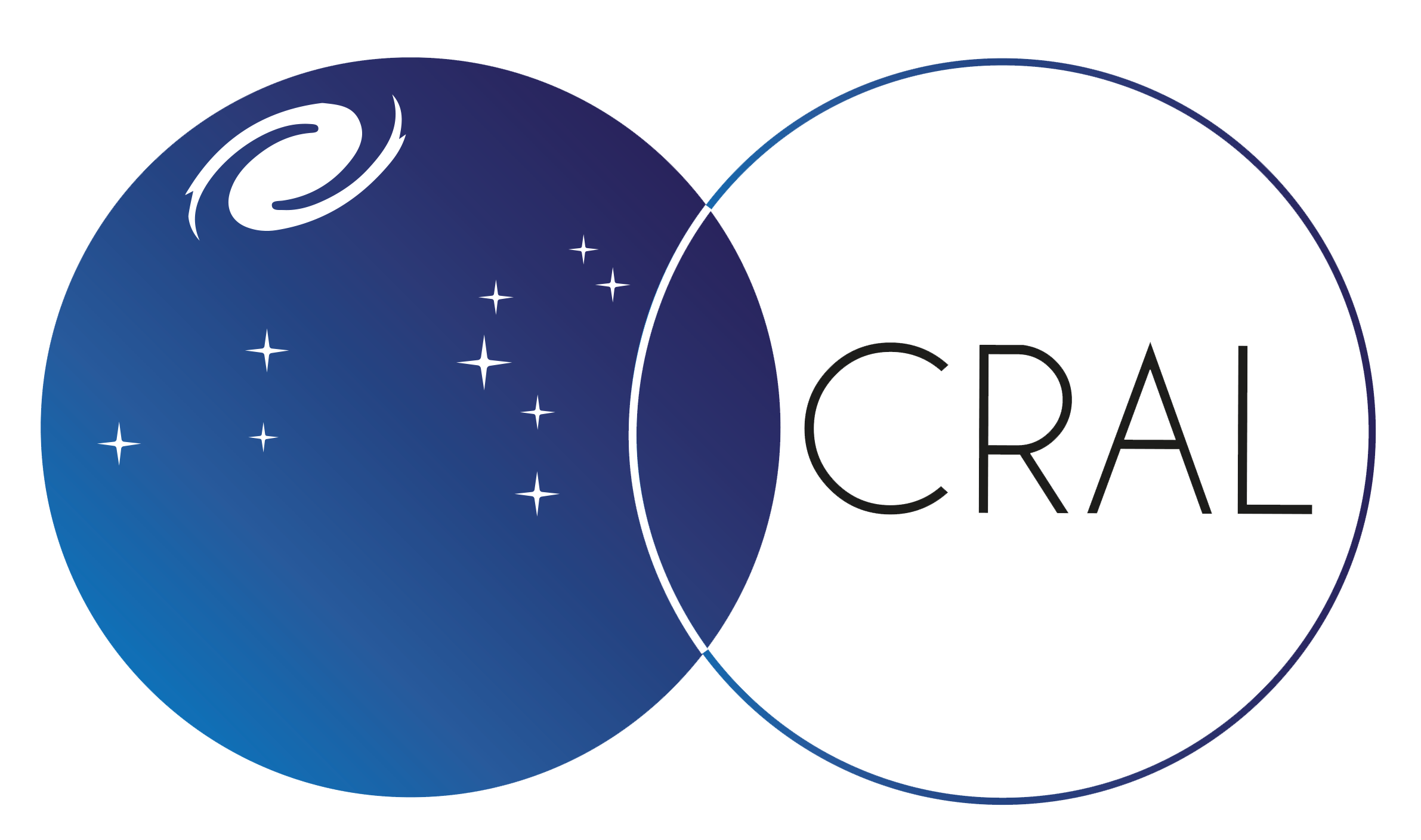Benoît Commerçon1,? , Francesco Lovascio1, Elliot Lynch1, and Enrico Ragusa2,3
1 Univ Lyon, Univ Lyon1, Ens de Lyon, CNRS, Centre de Recherche Astrophysique de Lyon UMR5574, F-69230 Saint-Genis-Laval,
France
2 Dipartimento di Matematica, Università degli Studi di Milano, Via Saldini 50, 20133 Milano, Italy
3 Dipartimento di Fisica, Università degli Studi di Milano, Via Celoria 16, 20133 Milano MI, Italy
Received 14 February 2024 / Accepted 16 August 2024
ABSTRACT
Context. Recent observations have begun probing the early phases of disc formation, but little data yet exists on disc structure and morphology of Class 0 objects. Using simulations, we are able to lay out predictions of disc morphologies expected in future surveys of young discs. Based on detailed simulations of ab initio star formation by core collapse, we predict that early discs must be eccentric.
Aims. In this Letter, we study the morphology and, in particular, the eccentricity of discs formed in non-ideal magnetohydrodynamic (MHD) collapse simulations. We attempt to show that discs formed by cloud collapse are likely to be eccentric. Methods. We ran non-ideal MHD collapse simulations in the adaptive mesh refinement code RAMSES with radiative transfer. We used state-of-the-art analysis methods to measure the disc eccentricity. Results. We find that despite no asymmetry in the initial conditions, the discs formed are eccentric, with eccentricities on the order of 0.1. Conclusions. These results may have important implications for protoplanetary disc dynamics and planet formation. The presence of eccentricity in young discs that is not seen at later stages of disc evolution is in tension with current viscous eccentricity damping models. This implies that there may be an as-yet undiscovered circularisation mechanism in circumstellar discs.
https://www.aanda.org/articles/aa/pdf/2024/09/aa49610-24.pdf


